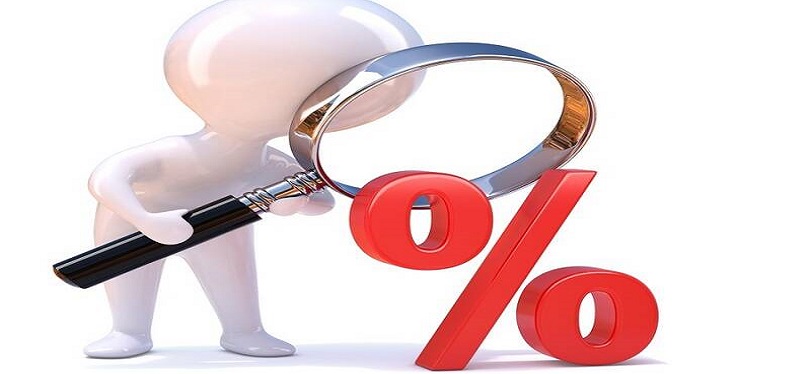NBS cuts the key policy rate to 1.5% as negative effects of the pandemic on global economic growth are exceeding previous estimates

The Executive Board of the National Bank of Serbia (“NBS“) decided to additionally reduce the key policy rate to 1.5% at its meeting held on April 9.
This additional cut came almost a month after the previous decrease when the key policy rate was cut to 1.75% (more on that on https://www.coronavirus.geciclaw.com/the-covid-19-pandemic-response-of-central-banks/). According to the NBS’ officials, international indicators show that the effects of the pandemic on global economic growth are more severe than previously estimated, which will be reflected in movements in the international commodity and financial markets, as well as decisions of central banks and governments around the world. The aim of the further reduction of the key policy rate, therefore, as in the case of the previous cut, is to reduce the negative effects of the COVID-19 outbreak on economic activity and, at the same time, ensure that inflation remains within the targeted limits.
The NBS explained that the decline in economic activity happened in the second half of March, which, in addition to lower external demand, was also influenced by harsh business conditions in many industries. Disruptions experienced by many service industries, bottlenecks (and in some cases, total interruptions) in global supply chains, as well as the decline in consumer and business confidence all contributed to the slowdown. A moderately optimistic tone, however, was maintained regarding the expected recovery which should follow over the course of the year, after the fall in the second quarter as the speed of economic recovery will depend on the length of the pandemic. According to the NBS Executive Board, the medium-term perspective for the economy is still favorable, and the current monetary and fiscal policies should contribute to mitigating the negative effects of the crisis on economic activity in the short term.
The importance of this measure is reflected in the fact that changes in the key policy rate determine other interest rates. The key policy rate of the NBS is the basic interest rate since the base interest rate on the money market (or, rather, the range of interest rates charged in the market) is determined by the key policy rate. Moreover, the NBS’s key policy rate can be one of the components in the structure of variable interest rates for loans in RSD (key policy + margin). Since the key policy rate is variable, the adjustment of the nominal interest rate to the key policy rate is conducted at the intervals specified in the loan agreement. By trimming the key policy rate in the conditions of low inflationary pressures, the NBS is providing additional support to credit and economic growth.
For more information, please contact us via covid19@geciclaw.com.




